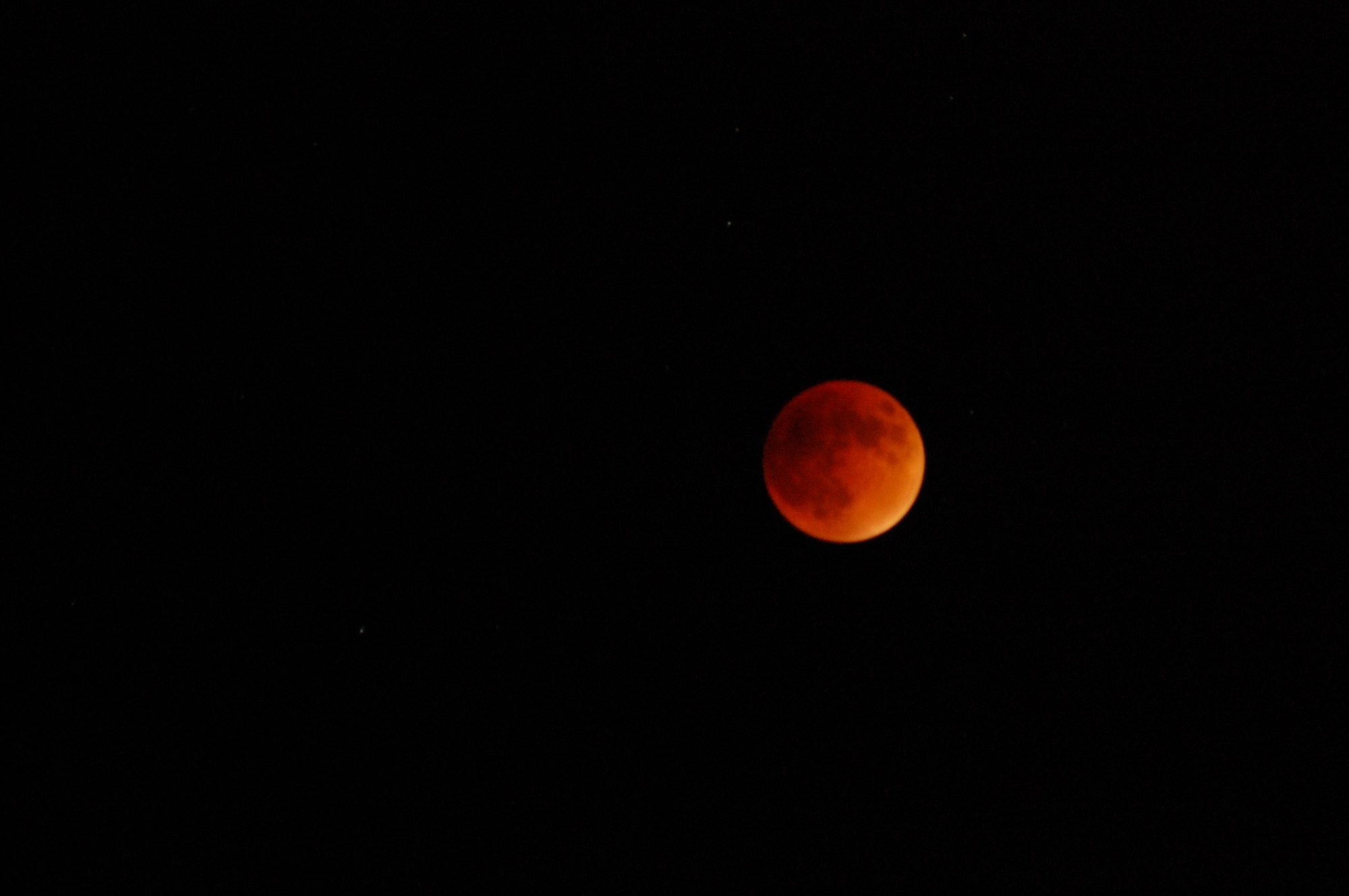Remote sensing is the science of acquiring information about the Earth’s surface and atmosphere using sensors that are not in direct contact with the object being observed. One of the most important applications of remote sensing is the study of the atmosphere, which is crucial for understanding climate change, air quality, and weather patterns. One aspect of atmospheric remote sensing is the study of the sky colors, including its red hue. In this article, we will explore why the sky appears red in the context of remote sensing.
The color of the sky is primarily determined by the scattering of sunlight by the Earth’s atmosphere. When sunlight enters the Earth’s atmosphere, it interacts with the gases, particles, and molecules in the air, causing it to scatter in all directions. This scattering is more pronounced for shorter wavelengths of light, such as blue and green, and less for longer wavelengths, such as red and orange. This is why the sky appears blue during the day, as blue light is scattered more than other colors, and why the sun appears red during sunrise and sunset, as the light has to travel through a thicker layer of atmosphere, causing more scattering of the shorter wavelengths and leaving more of the longer wavelengths to reach our eyes.
However, the sky can also appear red or orange during the day, and this can be caused by a number of factors. One of the most common causes is atmospheric pollution, which can scatter light in different ways than the Earth’s atmosphere. Polluted air contains a large number of particles and gases, including nitrogen oxides, sulfur dioxide, and particulate matter. These pollutants can scatter light in different ways, depending on their size and chemical composition. For example, smaller particles can scatter blue and green light more efficiently than larger particles, resulting in a reddish hue to the sky. Additionally, gases such as nitrogen dioxide can absorb blue and green light, leaving more of the longer wavelengths to scatter and create a red or orange sky.

Another factor that can cause the sky to appear red or orange is the presence of airborne dust and other particles. These particles can be natural, such as dust kicked up by desert winds or volcanic ash, or human-made, such as smoke from wildfires or industrial emissions. Like atmospheric pollutants, these particles can scatter light in different ways, depending on their size and composition. In general, larger particles tend to scatter more long wavelengths of light, resulting in a reddish or orange color to the sky.
Remote sensing techniques can be used to study the color of the sky and understand the factors that influence it. One important technique is satellite-based remote sensing, which involves using orbiting satellites equipped with sensors that can detect different wavelengths of light. These sensors can be used to measure the concentration of atmospheric pollutants, dust, and other particles, as well as the amount of sunlight scattered in different wavelengths.
In addition to satellite-based remote sensing, ground-based remote sensing techniques can also be used to study the color of the sky. One such technique is sky radiance measurements, which involve using radiometers to measure the amount of light scattered by the atmosphere at different angles. These measurements can be used to calculate the color of the sky and the amount of scattering that is taking place. Another technique is Lidar remote sensing, which involves using laser pulses to measure the concentration of particles in the atmosphere. Lidar can be used to study atmospheric pollution, as well as dust and other particles that can influence the color of the sky.
The color of the sky is a complex and fascinating topic that is influenced by a wide range of factors. From the scattering of sunlight by the Earth’s atmosphere to atmospheric pollution, dust, and other particles, there are many different conditions that can cause the sky to turn red. Remote sensing techniques can be used to study these factors and gain a better understanding of the Earth’s atmosphere.
